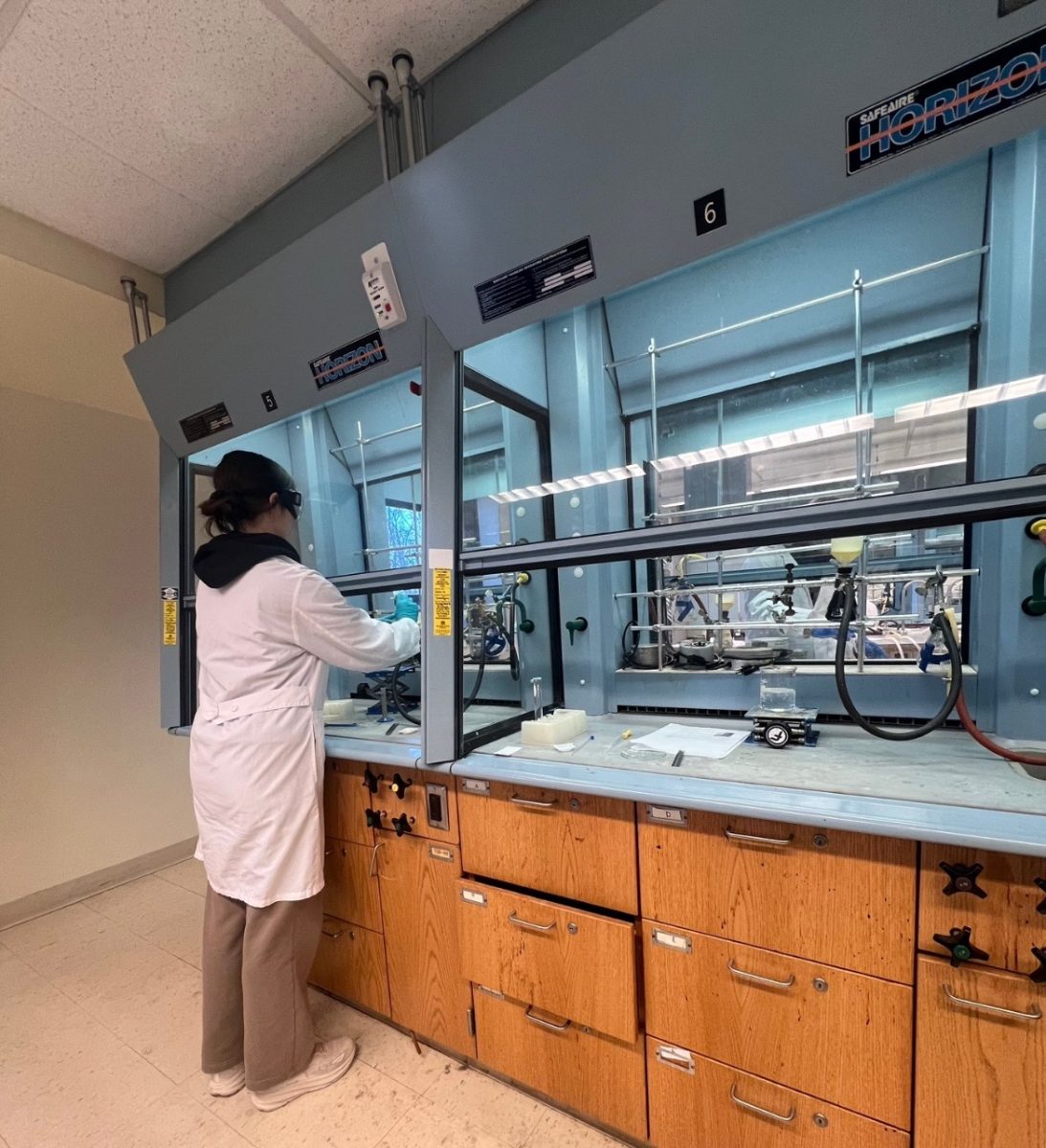
Students who attend classes at both Marquette and the Milwaukee Institute of Art & Design could see an expansion in the availability of interdisciplinary academic programs within the next year or two, according to professors at both schools.
Faculty members have recently begun discussing how to enhance the cooperative programs the schools share, said Jean Grow, an associate professor in the College of Communication and director of Marquette’s Fine Arts minor.
According to the undergraduate bulletin, Marquette students can currently enroll in one of two minors at MIAD — studio art and art history. MIAD students can pursue minors in advertising and business at Marquette, Grow said. The number of students taking classes at both schools has consistently been between 20 and 30 from each school, she said.
Lauren Lakomek, a senior in the College of Communication who took classes at MIAD in pursuit of a minor in studio art, said the experience was beneficial for students interested in learning the material.
“Getting the basis of graphic design was something I couldn’t get at Marquette,” she said.
Bob Smith, the fine arts department chair at MIAD, said the goal of the student exchange program is to allow students from each institution to take advantage of the other campus’ strengths.
Along with the minor programs offered, MIAD students can also come to Marquette to take advantage of the more comprehensive science and theater curriculum, Smith said. Access to Marquette’s Rec Center, Rec Plex and Student Health Service is also extended to MIAD students.
The push for expansion is geared toward attracting more students to the interdisciplinary programs and expanding and improving the arts programs at Marquette, Grow said.
“The question is, how can (the two schools) further collaborate and link up?” Smith said.
Smith said the discussions to find answers are still in the preliminary stages, with future meetings planned to collect student input.
Lakomek said it was difficult to find fellow Marquette students at MIAD to commute with. The lack of a solid liaison between the two schools and a shift in her career ambitions led to her ending her enrollment at MIAD, she said.
Grow said she sees the future of the program as a more integrated, collaborative experience than what is currently in place, which is more of a “cross-pollination between disciplines.”
Smith said he would like to see journalism and broadcast students from Marquette collaborate with video students at MIAD.
Marquette’s broadcast students would help develop the video students’ storytelling abilities, and the video students’ training in what is aesthetically pleasing would allow broadcast students to produce better looking material, Smith said.
Grow said MIAD and Marquette students create a synergy that is exciting to see, and the collaboration of ideas makes the quality of work surge.
“I hope (MIAD students) come away (from Marquette classes) with a more strategic focus and understanding of research and writing,” she said.









